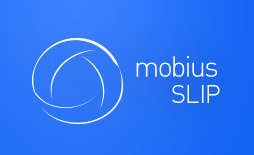Revolutions never happen in isolation. Whether it was the American Revolution providing impetus to the French version or the more recent Arab Spring, events in one domain give rise to events in another. And so it is in higher education today with many forces feeding the creative destruction in our curricula. In addition to the negative forces of rising cost and the decline of the tenured faculty in favor of a adjuncts and administrators, there are many bright spots. Three in particular are related to the new venture Mobius SLIP: 1) innovative learning management system applications; 2) the unbundling of course content and the rise of intra-university collaboratives.
The LMS Industry Lifecycle
The industry life-cycle for LMSs is similar to other sectors’ experiences. Similar to the aircraft and automotive industries, in the beginning there were many small firms building a wide variety of products. This early phase was closely followed by a period of rapid consolidation with economies of scale playing a major part in determining the number of competitors in the market — typically three to six big players. Around the fringe of these firms were hobbyist and high-end manufacturers. In the U.S. auto sector this would be the 1960s with the ‘Big Three’ and people like Caroll Shelby on the fringe — respectively. The LMS sector was in this phase two or three years ago with Blackboard at the front and people like Salman Khan doing remarkable things. Following the period of relative stability, a major disruption starts to occur and is often unnoticed or ignored by the big player. Did the first Datsuns and VWs cause the folks at GM to lose sleep? Next, a trigger event occurs and the nature of the business itself changes. To continue the automobile analogy, the oil crises (and a war) changed consumers’ attitudes toward what features made a car desirable. This is the period the LMS sector is in now. It is not clear if the trigger event has already occurred or is still in the offing, but a major change in the industries (both higher education and LMS) are underway. Here are three forces that are shaping CTASIT’s business model for the Mobius SLIP.
Innovative Learning Management Systems (LMSs)
There is a renaissance taking place in education and higher education in particular. The technical acumen of instructors and students have risen to the level where one-size fits all solutions do not fit innovative pedagogical needs. To that end, numerous new applications and businesses have been created (There is a great list of start-ups on the EdTEch Times site). Ranging from grandiose endeavors to create entirely new institutions (Udacity and Coursera) to the specific applications such as in-class polling (Top Hat Monocle and Poll Everywhere), the Internet-enabled low barriers to entry make the LMS sector ripe for creative destruction. The instructors who adopt these technologies are changing the very nature of course content.
Unbundled Course Content
Traditionally, instructors would design a course’s objectives, find a text that supported those aims, and design assignments to assess students’ mastery of the material. All of these activities were considered part and parcel of the instructor’s salary and the intellectual property’s (IP) value was embedded in the class itself. Some enterprising faculty members might venture to write the text themselves in an attempt to capture more of the value from their efforts. However, many of the other important IP contributions that went into a course’s design went unrealized in monetary terms. In a remarkable display of collegiality, MIT made significant parts of its curriculum available to anyone through its Open Course Ware effort. Once again, information technology made the value of IP created by instructors more readily transferable and able to be captured.
The ability to capture the value of course content beyond textbooks is another industry changer. Similar to the way airlines are un-bundling everything from baggage fees to snacks, it is now possible for instructors to control and monetize their course content. This is a good thing because it makes the market much more transparent. Moreover, for faculty that do not enjoy full-time employment, much less tenure, the ability to capitalize on their IP is an important additional source of income. Therefore, new LMS technologies will reshape the way students experience a course in the same way Southwest and Ryanair have reshaped the airlines.
The New Business Model
Recognizing that instructors’ content development is valuable in and of itself, Mobius SLIP shares its licensing fee with its partners. The gainsharing model is designed to incentivize instructors to build high quality course offering that others adopt similar to the way better textbooks are adopted by wider audiences. By creating the market for student assignment and assessment materials, such materials will invariably improve by being subjected to the market’s forces. There is a good article TechCrunch about how some faculty are going about making the new model work.
The new business model is not without its challenges and I invite you to discuss both those and its potential strengths.


